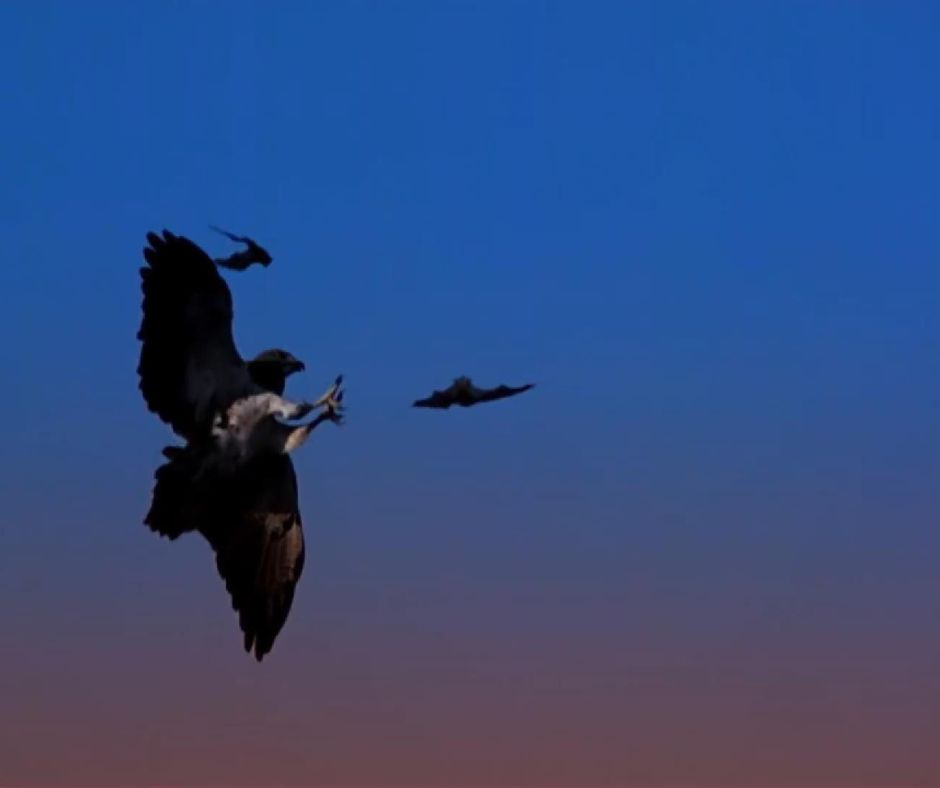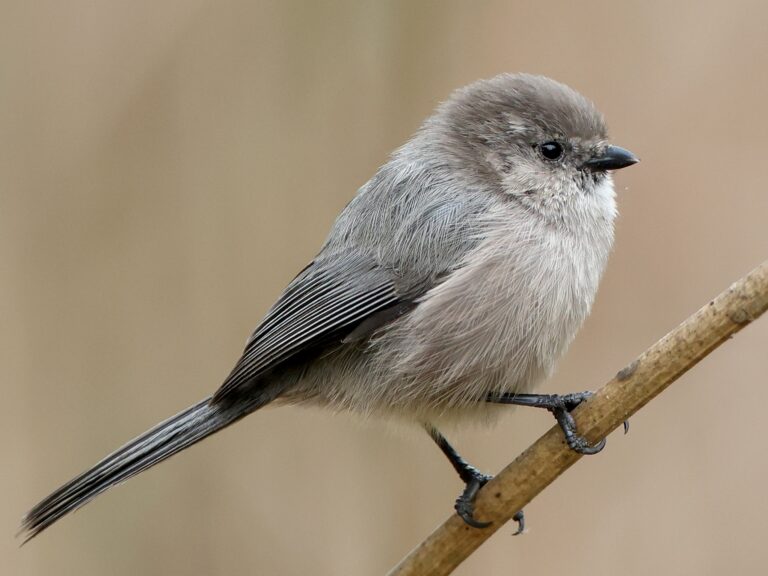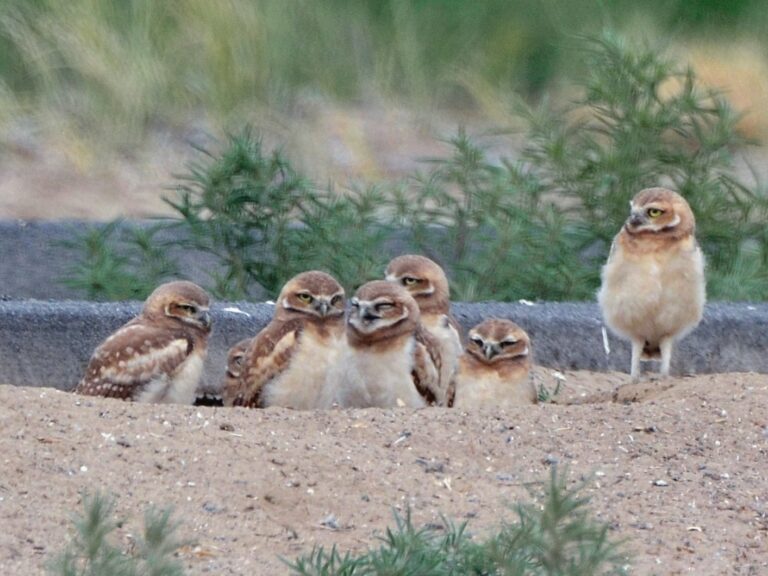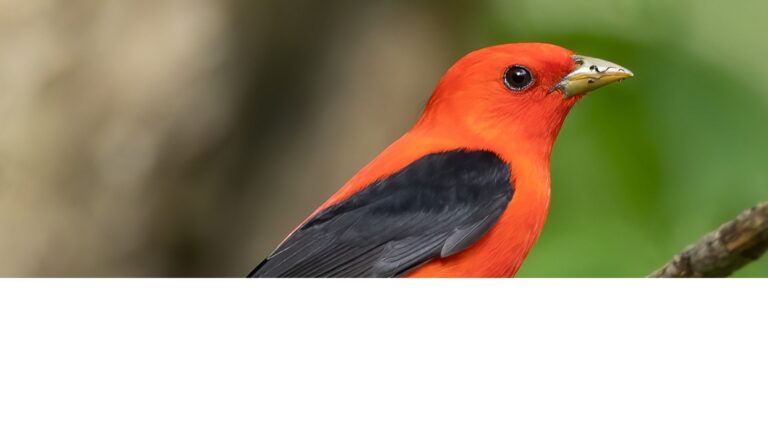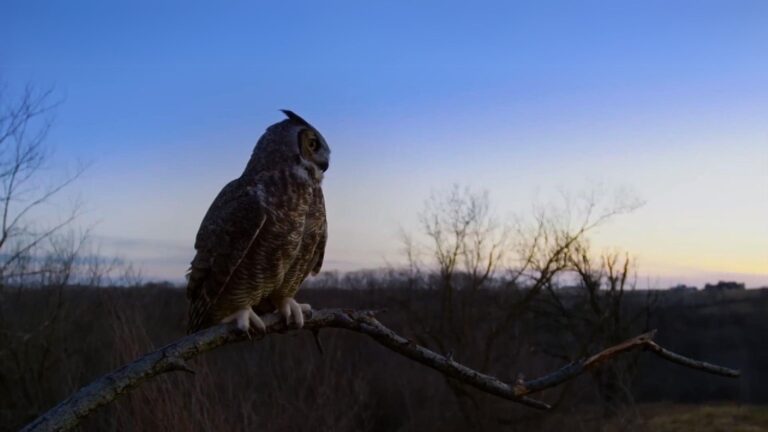Hawks hunting bats: Amazing Video of Hungry Red-tailed Hawks
Bracken Cave in southern Texas serves as a crucial stop for many red-tailed hawks during their migration. With an astonishing population of 20 million free-tailed bats arriving from Mexico, this location becomes the largest gathering of mammals on the planet, making it an ideal setting for hawks hunting, especially during their migration and breeding seasons.
As evening falls, the bats emerge for their nightly feeding, presenting a unique opportunity for hawks hunting to catch their dinner in a spectacular display of skill.
For new hawks hunting, the learning curve is steep. They must develop effective hunting techniques to catch these swift and agile bats, especially during hawks hunting activities.
The complexity of the hunt increases with the presence of seasoned hawks that have mastered impressive strategies, such as dive-bombing their targets at remarkable speeds. This dynamic environment presents both challenges and opportunities for hawks hunting of varying expertise levels as they adapt their hunting patterns, especially while hawks hunting in groups.
Video footage of hawks hunting provides insight into their remarkable techniques.
Key Takeaways
Hawks hunting at Bracken Cave can be an exhilarating experience, showcasing their agility and tactics.
Understanding hawks hunting behaviors is crucial for birders and wildlife enthusiasts alike.
Hawks Hunting Techniques
- Bracken Cave is a key feeding ground for migrating red-tailed hawks.
- Rookie hawks face challenges catching agile bats during the feeding frenzy.
- Experienced hawks employ advanced techniques to optimize their hunting success.
Bracken Cave Ecosystem
Bracken Cave in southern Texas is a crucial stopover for many red-tailed hawks, particularly during the breeding season of the 20 million free-tailed bats from Mexico. This notable gathering makes it the largest concentration of mammals on the planet.
The time spent watching hawks hunting reveals their incredible adaptations.
This evening ritual of hawks hunting showcases nature’s raw beauty.
Hawks hunting highlights the survival instincts of these skilled predators.
The artistry of hawks hunting can be a mesmerizing spectacle.
Each evening, as bats exit the cave to feed, they face the sharp-eyed hunters waiting nearby.
For novice hawks, catching these agile bats poses a significant challenge. They must acclimate to the fast and unpredictable movements of their prey. A rookie hawk often finds herself overwhelmed by the sheer numbers, making each attempt a learning experience.
Each successful hawks hunting attempt contributes to their survival.
Hawks hunting strategies differ, showcasing their adaptability.
Experienced hawks, on the other hand, exhibit remarkable techniques. They dive-bomb at speeds exceeding 160 kilometers per hour. Some skilled hunters can catch a bat with one talon while holding onto another, showcasing their expertise.
Most migrating hawks utilize Bracken Cave primarily as a drive-through restaurant, capitalizing on the abundant food source during the summer months.
Diet of Red-Tailed Hawks
Red-tailed hawks have a varied diet that adapts based on seasonal availability and location. A notable feeding opportunity presents itself at Bracken Cave in southern Texas. Here, they can take advantage of the arrival of 20 million free-tailed bats from Mexico, offering a significant source of food.
The process of hunting these bats can be quite challenging, especially for inexperienced hawks. As they emerge to feed each evening, the bats navigate through a plethora of waiting hawks.
The moment a hawk catches a bat is a thrilling part of hawks hunting.
Witnessing hawks hunting can inspire a deeper appreciation for wildlife.
Hawks hunting at dusk creates an unforgettable experience.
Hawks hunting in this environment displays the interplay between predator and prey.
The symbiotic relationship of bats and hawks hunting is a fascinating study.
Hunting Techniques:
- Rookie Hawks: They often struggle to catch bats due to their speed and agility.
- Experienced Hunters: Skilled hawks employ advanced techniques, such as dive-bombing at speeds exceeding 160 kilometers per hour.
- They can adeptly catch bats with one talon while grasping another, showcasing remarkable precision.
For many migrating red-tailed hawks, Bracken Cave serves primarily as a convenient stop for nourishment during their travels. This impressive aggregation of bats highlights not just the hawks’ adaptability but also the dynamic nature of their diet.
Bat Migration and Breeding
Each summer, a remarkable phenomenon occurs at Bracken Cave in southern Texas as millions of free-tailed bats arrive from Mexico to breed. This location hosts the largest gathering of mammals worldwide, with the population reaching around 20 million bats.
As the bats leave their roost each evening to feast, they encounter a variety of predators, most notably red-tailed hawks. These hawks find themselves competing for food in a spectacular display of agility and speed.
Newly migrated hawks face a steep learning curve as they attempt to catch these fast and nimble bats.
Experienced hawks demonstrate impressive hunting techniques, including dive-bombing at speeds exceeding 160 kilometers per hour. They have mastered the ability to capture a bat with one talon while simultaneously grasping another.
Hunting Challenges for Rookie Hawks
Many red-tailed hawks visit Bracken Cave in southern Texas, drawn by the massive influx of 20 million free-tailed bats. This gathering presents significant challenges for rookie hawks as they learn to hunt.
Learning Curve:
- New hawks must adapt to catching bats that are fast and agile.
- The competition is steep, as they face experienced hunters.
Overwhelming Numbers:
- The sheer volume of bats makes it difficult for beginners.
- A rookie hawk may become overwhelmed by the bustling activity.
Techniques of Master Hunters:
- Veteran hawks utilize advanced techniques, such as dive-bombing at speeds over 160 kilometers per hour.
- Some can catch a bat with one talon while securing another in the other.
Rookie Success:
- After spotting a bat, a rookie hawk might use its back claw to hook the prey.
- This initial success is commendable, yet pales in comparison to seasoned hawks.
Most migrating hawks view the cave as a stopover rather than a consistent hunting ground, making the experience particularly challenging for newcomers.
Aerial Hunting Techniques
Many red-tailed hawks employ various techniques when hunting at Bracken Cave, especially targeting the vast numbers of free-tailed bats.
- Observation: Hawks often watch the bats’ flight patterns to identify the best opportunities.
- Diving: Experienced hawks utilize dive-bombing techniques, reaching speeds over 160 kilometers per hour to catch their prey.
A rookie hawk faces challenges while learning these methods.
- She must adapt to the speed and agility of the bats, with the environment becoming a strategic battleground.
- An impressive maneuver includes hooking a bat with her back claw, showcasing a precise hunting skill.
The more seasoned hunters demonstrate advanced proficiency.
- Talons: Skilled hawks can grasp a bat with one talon while simultaneously holding another.
- Efficiency: Experienced birds often feed at the cave, using it as a convenient stop for sustenance during their migration.
Dive-Bombing Strategy
Many red-tailed hawks utilize a specialized technique known as dive-bombing to catch free-tailed bats. This method is essential for successful hunting, especially in the competitive environment of Bracken Cave, home to the largest gathering of mammals.
- Speed: Hawks can dive at speeds exceeding 160 kilometers per hour.
- Precision: Experienced hawks use one talon to catch the bat while maintaining grip with another.
For novice hawks, catching bats presents a significant challenge due to the bats’ rapid movements and sheer numbers. However, seasoned hunters effectively navigate this dynamic by honing their dive-bombing skills over time.
Hawk Expertise Levels
Red-tailed hawks exhibit varying levels of expertise when hunting for food, particularly at Bracken Cave in southern Texas, where millions of free-tailed bats gather. This location presents a unique challenge for these birds of prey.
Rookie Hawks
- Recent arrivals face steep learning curves.
- Must adapt quickly to catch fast, agile bats.
- Encounter overwhelming numbers of bats.
Experienced Hunters
- Have developed advanced techniques for hunting.
- Utilize dive-bombing methods, reaching speeds over 160 kilometers per hour.
- Capable of catching a bat with one talon while securing another simultaneously.
Top-tier Hawks
- Spend entire summers honing their skills.
- Demonstrate remarkable precision and speed in their hunting tactics.
Seasonal Hunting Patterns
In southern Texas, many red-tailed hawks gather at Bracken Cave, where they find an abundant food source: 20 million free-tailed bats arriving from Mexico to breed. This cave hosts the largest gathering of mammals on the planet, drawing hungry hunters.
As evening falls, the bats leave the cave to feed, navigating a perilous route filled with waiting hawks.
For a rookie hawk, this presents a formidable challenge. She must quickly learn the techniques required to catch the agile bats, which are among the fastest in the world.
Many experienced hawks have mastered effective hunting strategies. They dive-bomb the bats at speeds exceeding 160 kilometers per hour, utilizing precision and speed.
The top hunters can capture a bat with one talon while grasping another, showcasing remarkable skill and adaptability.
While some hawks spend the entire summer hunting at the cave, many use it as a temporary stop, treating it like a drive-through restaurant on their migratory journey.
The sheer numbers of bats provide a significant opportunity for these predators during the breeding season.
Documenting hawks hunting at Bracken Cave provides valuable insights into their behaviors.
